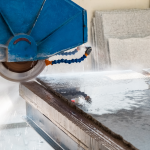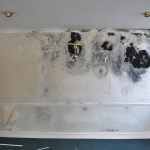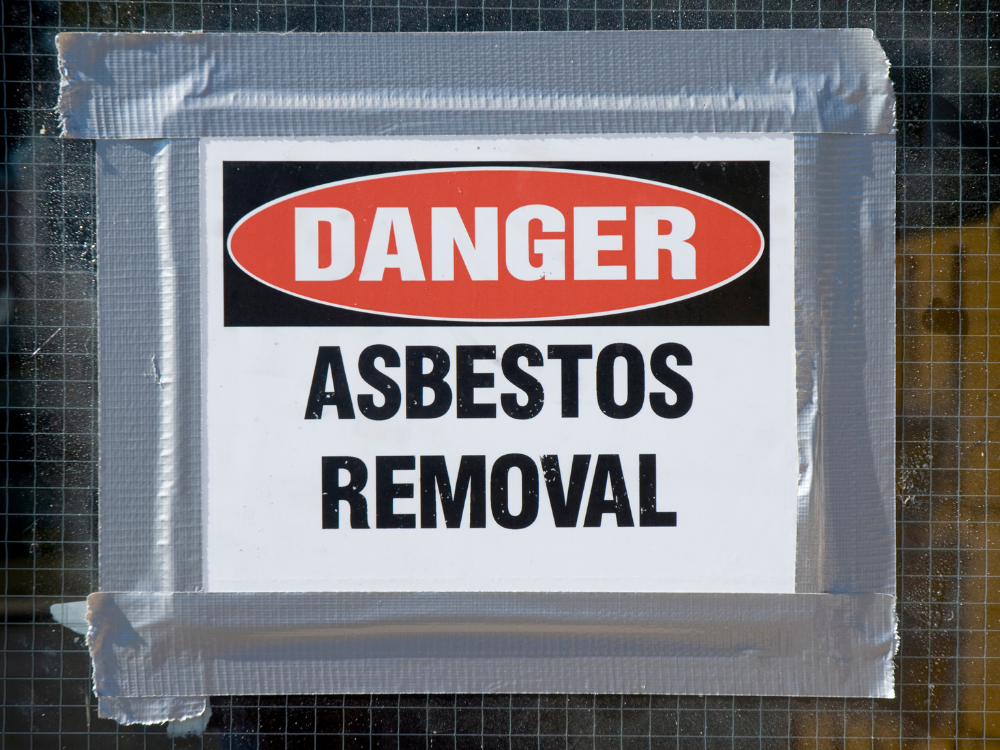Several New Zealand organisations committed to reducing and eliminating asbestos exposure have called on tradespeople and businesses to do more to keep workers and the environment safe, as Asbestos Awareness Week concludes.
According to WorkSafe NZ Chief Executive, Phil Parkes, it is the number one work-related killer, and takes the lives of 220 people each year in the country.
“What we’re seeing today is the legacy of past exposure to asbestos, often while at work. But action must continue to prevent future illness and death through proper asbestos handling and management.”
WorkSafe NZ, the New Zealand Demolition & Asbestos Association (NZDAA) and the Faculty of Asbestos Management of Australia and New Zealand (FAMANZ) have come together during Asbestos Awareness Week to champion better asbestos management.
“The dangers of asbestos exposure have been widely known for decades, and it’s important that businesses and tradies manage the risk appropriately. All kaimahi [workers] have the right to be kept healthy and safe at work,” says Mr Parkes.
“Lung diseases caused by asbestos, such as lung cancer, mesothelioma and asbestosis, have taken a dreadful toll robbing many of their health and time with their wh?nau. Businesses must manage the risks from asbestos to keep people healthy and safe.”
NZDAA President, Helina Stil, explained that the sheer volume of asbestos-related work being undertaken across the construction industry, paired with aging buildings across the country means that the risk to workers is not a ‘yesterday problem.’
“The proliferation of asbestos-containing materials in houses, buildings and machinery until the 1990’s, combined with the fact these are progressively deteriorating and are approaching or have exceeded their design life, means there remains the potential for accidental exposure by workers, DIYers and others,” says Ms Stil.
“Asbestos removalists are one part of the ecosystem, but it also begins with kaimahi on any site knowing how to identify and manage asbestos. This includes homeowners, landlords and property managers as well. Asbestos should be identified and appropriately addressed in similar fashion as a business would any other health and safety risk.”




